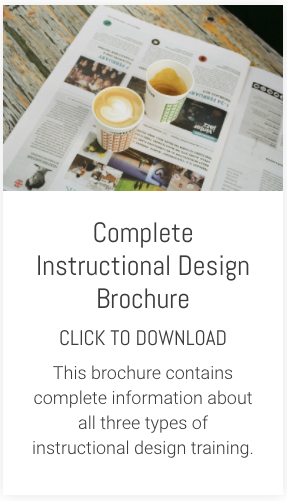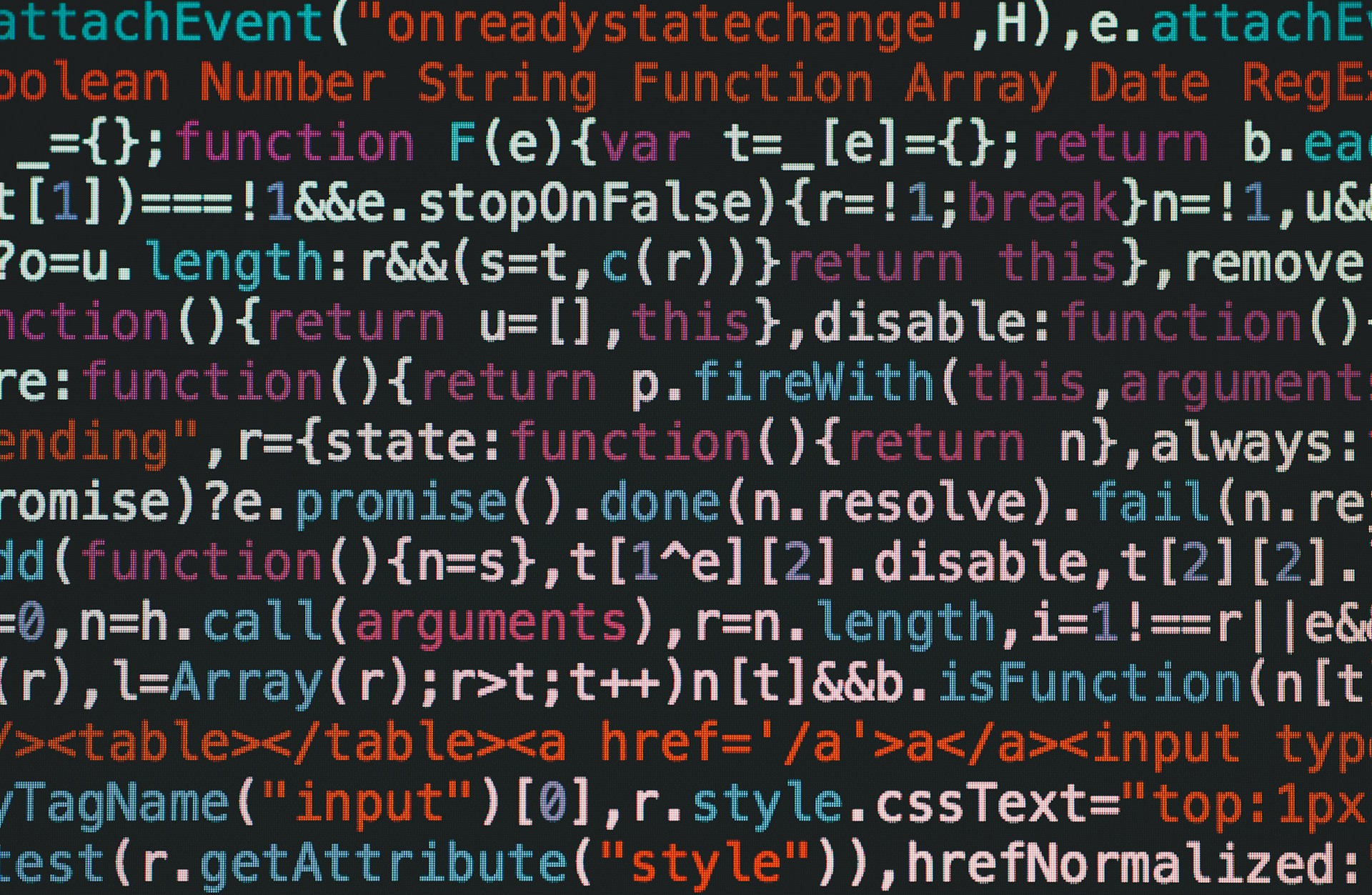One of the things that we cover in the e-learning modules in our impact and instructional design training is the difference between user interface design (UID) and learner interface design. I first came across this distinction courtesy of all-round e-learning genius Michael Allen.
Without getting into the weeds, it’s the difference between what you might call the basic high-level global interface settings you provide to your learners – navigation being the most obvious and probably the best example.
As with all things UID, the aim is to make this as simple, consistent and intuitive as possible. However, Allen makes the point that within that global UID it’s likely you’ll have an entirely separate set of design principles that relate specifically to the task-focused practice activities that you are building into your e-learning.
The interesting point here, is that your learner interface design (LID) might not be consistent with your user interface design. In fact, in extreme cases, it might effectively ‘go against’ your UID.
In other words, for the purposes of making your practice activity authentic and a reflection of the real-world situation it is aiming to replicate, if that real-world activity is messy and complicated to complete, that may need to be reflected in the design of the activity. Meaning that from a learner perspective, it might not be simple, consistent and intuitive.
Diving into that in a bit more detail is probably a good topic for another day. Today I really do want to focus on simple, consistent and intuitive UID. Because endless unnecessary clicks can be a quiet killer of learner engagement.
Every extra click — the extra “Next” button, the redundant confirmation screen, the maze-like menu — acts as micro-barrier. It slows learners down, interrupts flow, and chips away at motivation. It may not seem like much, but multiplied across an entire course or module, the hidden cost is high: lost learners, missed outcomes, and frustrated managers.
E-Learning is a particularly problematic delivery medium in this respect; but the hidden cost of too many clicks or actions is not restricted to e-learning.
Performance support provided in a digital/electronic format is no different. If we want support tools to be genuinely used in the flow of work, they need to feel like they fit perfectly in that flow. That means eliminating friction at every step. Every second counts when someone is trying to solve a problem or apply a skill on the job.
The principle is simple: the easier the journey to the required solution, the more likely the learner is to stick with it — and the more likely performance will actually improve.
If you’ve been following my posts recently, you’ll know that I’m very focused on supporting performance in the flow of work just at the moment. So well-contextualised performance support tools built around well-defined and contextualised moments of need are very much top of mind at the moment.
That’s why, as I continue building performance support-focused tools like PerformaGo, one of my guiding principles is simplicity. Because every unnecessary click isn’t just wasted effort — it’s a lost opportunity for impact.
If you are interested in reading a little behind the scenes story of my obsession with UID, you can read the latest entry from my PerformaGo diary here.











